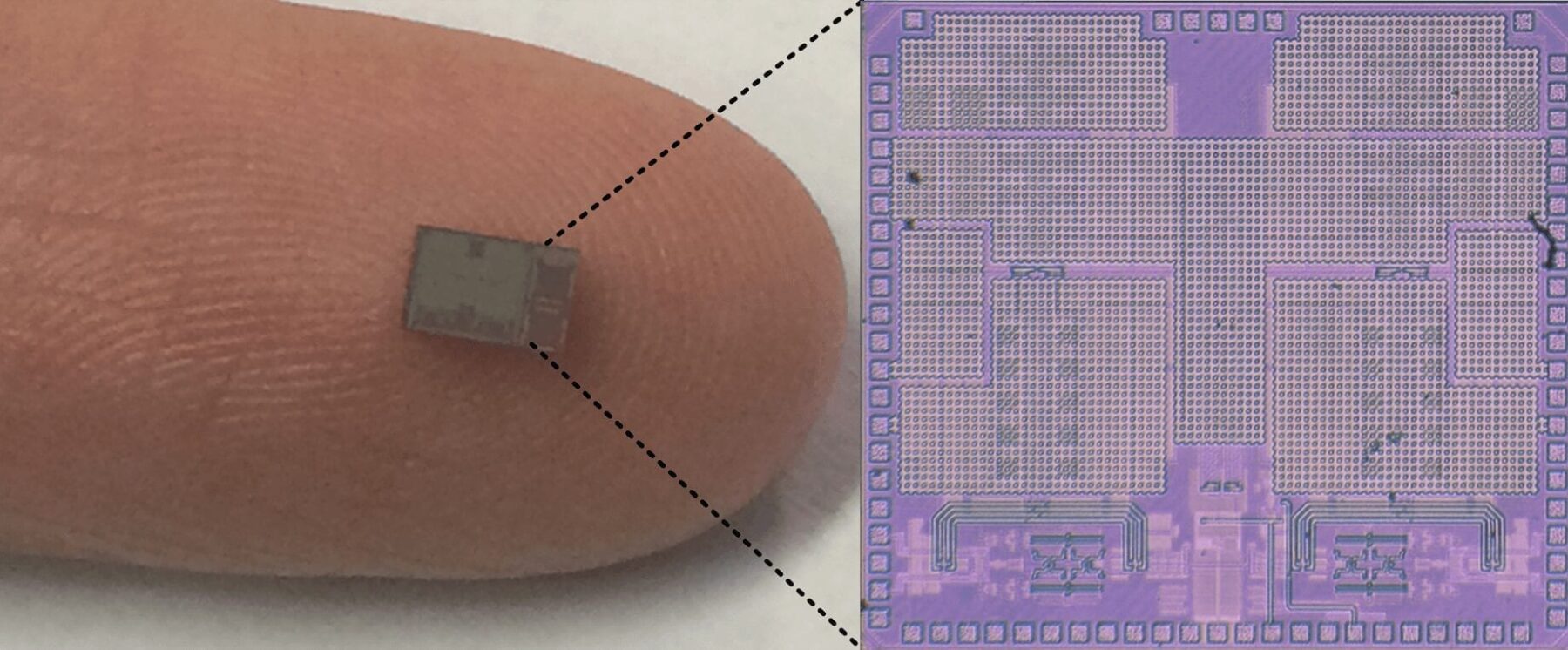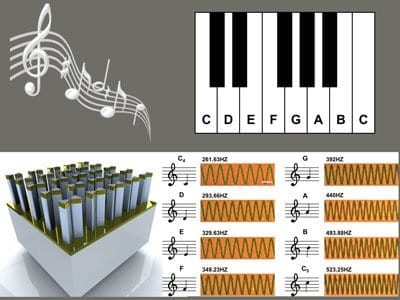
A team of researchers has developed a revolutionary material that has superior anti-penetration properties while remaining flexible.
Inspired by the way nature designed fish scales, the material could be used to make bulletproof clothing for the military and space suits that are impervious to micro-meteorites and radiation when astronauts embark on spacewalks. The joint research was conducted at the Technion-Israel Institute of Technology and the Massachusetts Institute of Technology.
A paper outlining the characteristics, test results and applications of the new material was published online on February 20 by the technology journal Soft Matter, a publication of the Royal Society of Chemistry. The research was led by Assistant Professor Stephan Rudykh, head of the Technion’s Mechanics of Soft Materials Laboratory.
“Many species of fish are flexible, but they are also protected by hard scales,” said Prof. Rudykh. “Taking inspiration from nature, we tried to replicate this protecto-flexibility by combining two layers of materials – one soft for flexibility and the other with armor-like scales. The secret behind this material is in the combination and design of hard scales above with soft, flexible tissue below.”
Generally, strength and flexibility are competing properties, explained Prof. Rudykh. You can’t have both. However, the research team found a way to increase the penetration resistance by a factor of 40, while the flexibility of the soft material was reduced by only a factor of five. If the application is, for example, a military uniform for combat, more flexibility can be built into the areas needing flexibility, such as the elbows and knees, while the anti-penetration properties elsewhere, such as in the upper body, can be beefed-up.
“That attribute allows for the fabric to be tailored to the wearer’s body and the environment that the wearer will be facing,” explained Prof. Rudykh, who carried out post-doctoral studies at MIT where he worked with 3-D printing technology before joining the Technion. “This work is part of a revolution in materials properties. Once we can gain control over a material’s micro properties, using 3-D printing we can create materials of an entirely different type, each with the ability to be adjusted to fit the wearer, the need, and the environment.”
Read more: TOUGH, FLEXIBLE MATERIAL COULD PROTECT SOLDIERS & ASTRONAUTS
The Latest on: Revolutionary material
[google_news title=”” keyword=”Revolutionary material” num_posts=”10″ blurb_length=”0″ show_thumb=”left”]
via Google News
The Latest on: Revolutionary material
- Making Money Off the Weight-Loss Revolution Has Even Wall Street Befuddledon May 9, 2024 at 9:00 am
Investors ponder how to trade a trend that might take years or decades to play out.
- Revolutionary Thin Film Deposition Method Unveiled for Tin Selenide-Based Materialson May 8, 2024 at 5:00 pm
Note: material may have been edited for length and content. For further information, please contact the cited source. Our press release publishing policy can be accessed here. Subscribe for FREE ...
- MEMS Inkjet Heads: Printing Revolution in Textiles & Apparel – USD 1.2 Billion Market by 2033on May 8, 2024 at 12:16 am
The global MEMS inkjet heads market size reached USD 994.2 million in 2022. Demand for MEMS inkjet heads is estimated to surpass USD 1 billion in 2023. During the forecast period, sales are expected ...
- Ultra-Pure Silicon Chip Sparks a Quantum Computing Revolutionon May 7, 2024 at 8:07 pm
Researchers at the Universities of Melbourne and Manchester have invented a breakthrough technique for manufacturing highly purified silicon that brings powerful quantum computers a big step closer. T ...
- Recycling revolutionon May 7, 2024 at 10:08 am
Companies like Amazon, Coca Cola will pay to divert the waste they create under new state plan. Boulder Weekly ...
- Scientists develop breakthrough gel material that could remove one of the most common pollutants — here's how it workson May 7, 2024 at 3:45 am
"We wanted to make a material that is more sustainable and can be used repetitively." Scientists develop breakthrough gel material that could remove one of the most common pollutants — here's how it ...
- Revolutionary Learning App Brings AI 'Teachers' to Life, Preps Students for AP Examson May 6, 2024 at 4:47 am
The app offers a personalized feed of entertaining and educational videos, images, questions, and memes aligned with the academic curriculum, ensuring that students remain engaged while mastering the ...
- The quantum revolution may be just around the corner — Congress should acton May 4, 2024 at 5:00 am
In November, the House Science Committee voted unanimously to reauthorize the 2018 National Quantum Initiative. The bill has been stuck in Congress ever since. If passed by Congress, it would ...
- Revolutionary New ‘Living Plastic’ That Could Slash Damage to the Environment Developed by California Researcherson May 2, 2024 at 8:01 am
The team created this living plastic in the form of thermoplastic polyurethane (TPU), a soft but durable commercial plastic used in footwear.
- Revolutionary new ‘living plastic’ could slash environmental damageon April 30, 2024 at 9:43 am
By Stephen Beech via SWNS A revolutionary new "living plastic" could slash damage to the environment, claims a new study. The biodegradable material houses bacterial spores that help it break ...
via Bing News










